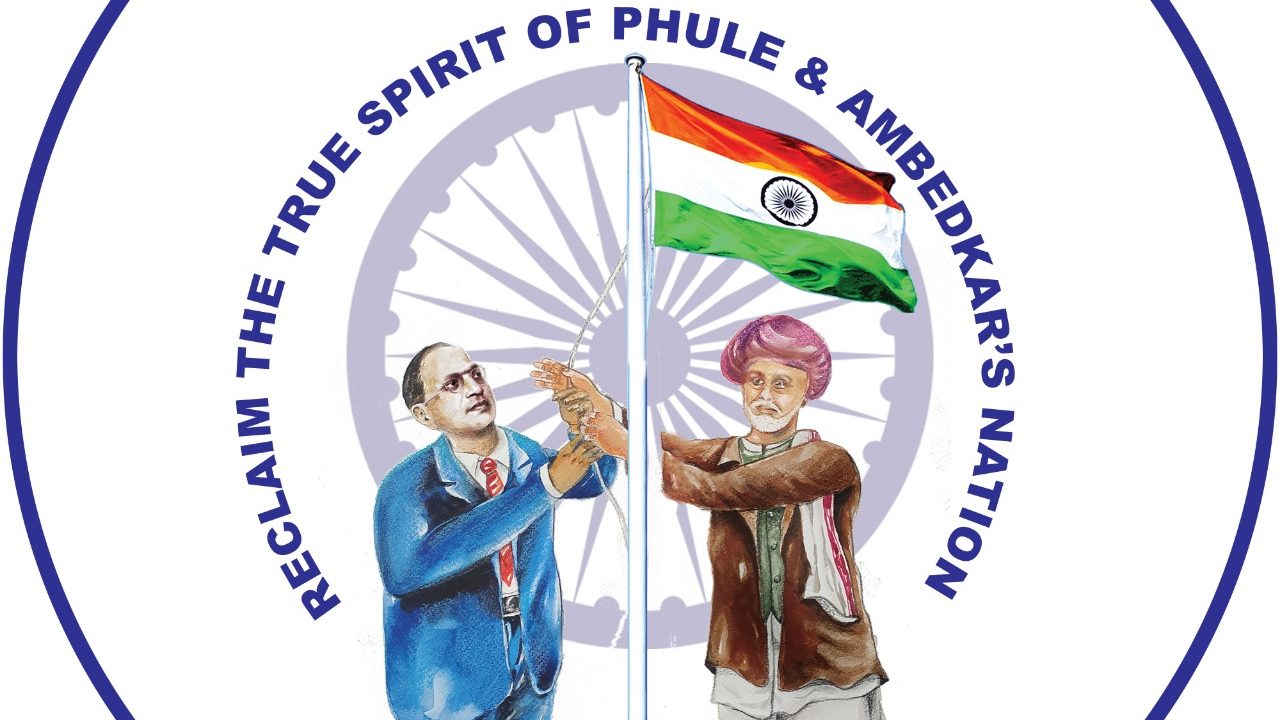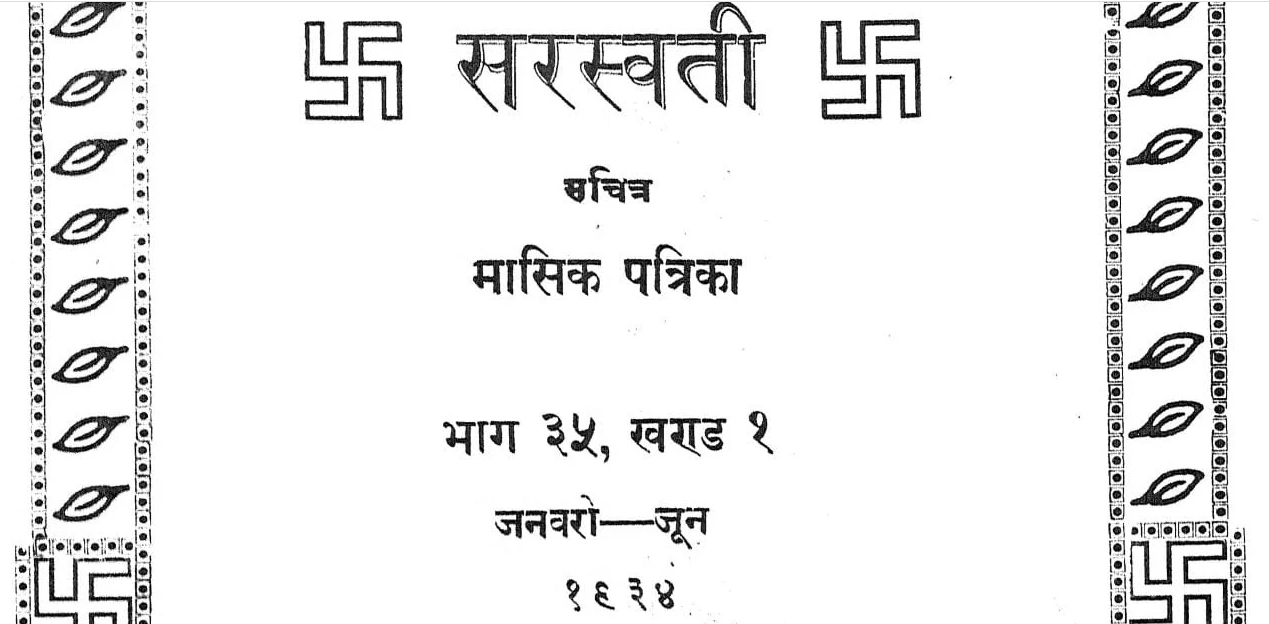The rivalry between Asuras, the original inhabitants of India, and Aryans is not something that merely belongs in the past. It is very much part of the present. Aryans and Asuras (or the Bahujans) have kept alive the memories of those feuds in both oral and written forms. The strife was and is racial, and exists today in the form of the caste system. The races in conflict can live together and form an egalitarian or somewhat homogenous society. But this has not happened in India.

The Asura traditions are linked to the Indus Valley Civilization. The Vamana-Bali episode in the Rigveda indicates that the Asuras were a pre-Vedic people. Bali was, it seems, so mighty a king that the Aryans could not forget his greatness and ended up mentioning him in all their scriptures – the Vedas, The Ramayana, The Mahabharata and Puranas – and even in the recent brahmanical literature.
That the Asuras or Daityas or Rakshasas were the people who ruled this land is evident from the texts of the Aryans and memoirs of the Bahujans. Bali is remembered in various festivals throughout India – the Bihu festival in Assam, Balipratipada across central and north India, and Onam in south India. Similarly, the life of Ravana is celebrated. Narakasura (the derogatory term used by Aryans for Bhaumasura) is remembered during the Diwali festival.
Three steps of Vamana
The legendary three steps of Vamana find a mention in the Rigveda and in later scriptures of Brahmins. In A Classical History of Hindu Mythology and Religion, author John Dowson writes, “The germ of the legend of the three steps is found in the Rigveda where Vishnu is represented as taking three steps over earth, heaven and the lower regions [page 42].” In their book A Dictionary of Hinduism: Its Mythology, Folklore and Development (1500 BC to 1500 AD), Margaret and James Stutley write, “The Vamana myth describing the three steps of the dwarf avatara is the Vaishnav counterpart of the Rigveda myth of the three strides taken by the solar Vishnu [page 321].”
Mahatma Phule has written extensively about Baliraja in his books. In Mahatma Phule Samagra Wangmaya, a compilation of his writings in Marathi published by the Maharashtra government, there are over 20 references to Baliraja. In his famous book Gulamgiri (slavery) he has written about the 10 incarnations of Vishnu, exposed their treachery and foul play, and ridiculed all of them.

Vishnu appeared as Narasimha (half man, half lion) and deceitfully killed the great-grandfather of Baliraja, Hiranynakashyap. Phule has narrated the war between Vamana and Baliraja and ridiculed the story of Vamana’s three steps. According to the story, Vamana sent Bali to Patala (netherworld) after his defeat. He questioned how a dwarf could suddenly become a gigantic creature and occupy heaven, earth and hell.
According to Phule, Bali was killed in the battlefield but his son Banasura defeated Vamana and Bali’s subjects celebrated the victory. To this day, women in Maharashtra remember Bali’s egalitarian rule and say, “Ida Peeda Jao, Bali Raj Yeo” (May our troubles and sorrows go, and Bali’s rule return).
On the Balipratipada day (second day of Diwali, “Bhaiya or Bhau Beej”), indigenous women welcome and honour brothers and hope that the second Baliraja will come (Phule uses the term “Kshatriya” for indigenous people; it connotes “farmers” or “sons of the soil”, and is not to be mistaken for one of the four Aryan varnas). In his final book, Sarvajanik Satya Dharma (The Universal Religion of Truth), Phule says Kshatriyas were the masters of this land. “The Aryan Brahmins, the Aryan Kshatriyas, the Aryan Vaisyas (of Iran) banded together and invaded this land of Bali and destroyed the mastery of the original inhabitants of the land.”
Phule has seen in other faiths the traits of Bali. He praises Islam for its principle of brotherhood, which goes against the inhuman caste system.
Brahmins on Bali
Vamana represented the Brahmins. In the scriptures, starting with the Veda, Brahmins and other Aryans have denigrated Bali, although they have conceded that Bali’s welfare state was beneficial to all, including themselves. They hated Bali because he belonged to the Asura race. Some said he was arrogant and anti-Vishnu.

S.D. Satwalekar, a Marathi Brahmin Sanskrit scholar of repute, has set up Swadhyay Mandal in Pardi, Gujarat, for promoting Sanskrit language and literature. He was also a member of the RSS and Golwalkar, the second RSS supremo, referred to him as a renowned Hindu scholar. In his book Vedic Dharma Khanda, Satwalekar writes, “Although Bali’s rule was ‘surajya’ and egalitarian, and all were happy in his rule, including the Brahmins, the Brahmins realized that he was Asura or Daitya and that all authority rested with Asuras. This was not to be tolerated. They wanted their rule and not merely good governance. It was the race spirit that prompted Aryans to dethrone Bali’s rule [‘Vamanavataracha Sandesh’ (Lesson from the Vamana Incarnation), Vedic Dharma Khanda, Part I (Marathi), page 77, Swadhyay Mandal, 1957].” Satwalekar thus cited their desire of self-rule (even bad or anti-egalitarian rule) as the reason for ending Baliraja’s good governance and egalitarian rule.
B.G. Tilak made the well-known assertion “Self-rule is my birthright” in the context of the English rulers overthrowing the Peshwas – the Brahmin rulers who practised the worst form of untouchability and atrocities on non-Brahmin castes and cultivators. On the contrary, Mahatma Phule boldly praised English rulers for their humaneness. I remember M.G. Vaidya, a former RSS Bouddhik Pramukh, being severely critical of the first Lalu rule in one of his articles for Tarun Bharat and terming it “bad rule”.
Al-Biruni had already dwelt on this brahmanical disdain for Shudra rule in his book India. He noted that King Bali is mentioned in a text (Varahmihir Samhita) and that Narayana (another name for Vishnu) plunged him to the lowest earth. From the same text, Al-Biruni quotes Narayana: “I do that to him only for this purpose that the equality between men – which he desires to realize – shall be done away with, that men shall be different in their conditions of life, and that on this difference the order of the world is to be based; further, that people shall turn away from his worship and worship me and believe in me [page 232, abridged edition of Dr. Edward C. Sachau’s English translation, National Book Trust, New Delhi, 1983].”
According to Phule, the Varna system began to be established after the defeat of Bali. Manu barred Brahmins from residing in Shudra-ruled regions. This is the Aryan Brahmins’ mindset even today.
During Diwali, journals and dailies publish articles and denigrate Bali. They say he was bad, cruel, anti-Devas, anti-Vishnu, anti-Brahmin, enemy of Aryans and so on. This is an annual affair, like the burning of Ravana’s effigy. In 2015, the RSS daily Tarun Bharat published an article on Balipratipada, in which one of the adjectives used for Bali was “crooked”. The Marathi journals and dailies in Maharashtra refer to farmers as Baliraja while describing the plight of farmers or writing about their suicides. It means Brahmins think of farmers as Asuras, who in turn believe that the Suras or Aryans have created such a situation that they are forced to commit suicide.
Lesson to be learnt
The weak Aryans had to resort to deceit to kill Asura kings like Mahishasura and Bhaumasura. But now, they have become so powerful that Asuras are the weak ones and the beggars. Vamana was a beggar when he met Baliraja. Aryans were no match for Ravana, Mahishasura and Bhaumasura. Now, they have become powerful because they are united. On the other hand, divisions among Bahujans are multiplying and weakening them day by day. Bali was a uniting force for Asuras. Today, there is a need for a uniting Baliraja or the spirit of Baliraja. On every Balipratipada (Diwali), Asuras (or Bahujans) pray for Baliraja’s rule.
To bring back Bali’s kingdom of prosperity and equality, they would have to liberate themselves from brahmanical slavery, for this slavery has reduced them to a subhuman status. They would have to strive to defeat the designs of today’s Aryans.
For more information on Mahishasur, see Mahishasur: A People’s Hero. The book is available both in English and Hindi. Contact The Marginalised, Delhi (Phone: 9968527911).
Or, find the book on Amazon: Mahishasur: A People’s Hero (English edition), Mahishasur: Ek Jan Nayak (Hindi edition)
And on Flipkart:
Mahishasur: A People’s Hero (English edition), Mahishasur: Ek Jan Nayak (Hindi edition)





